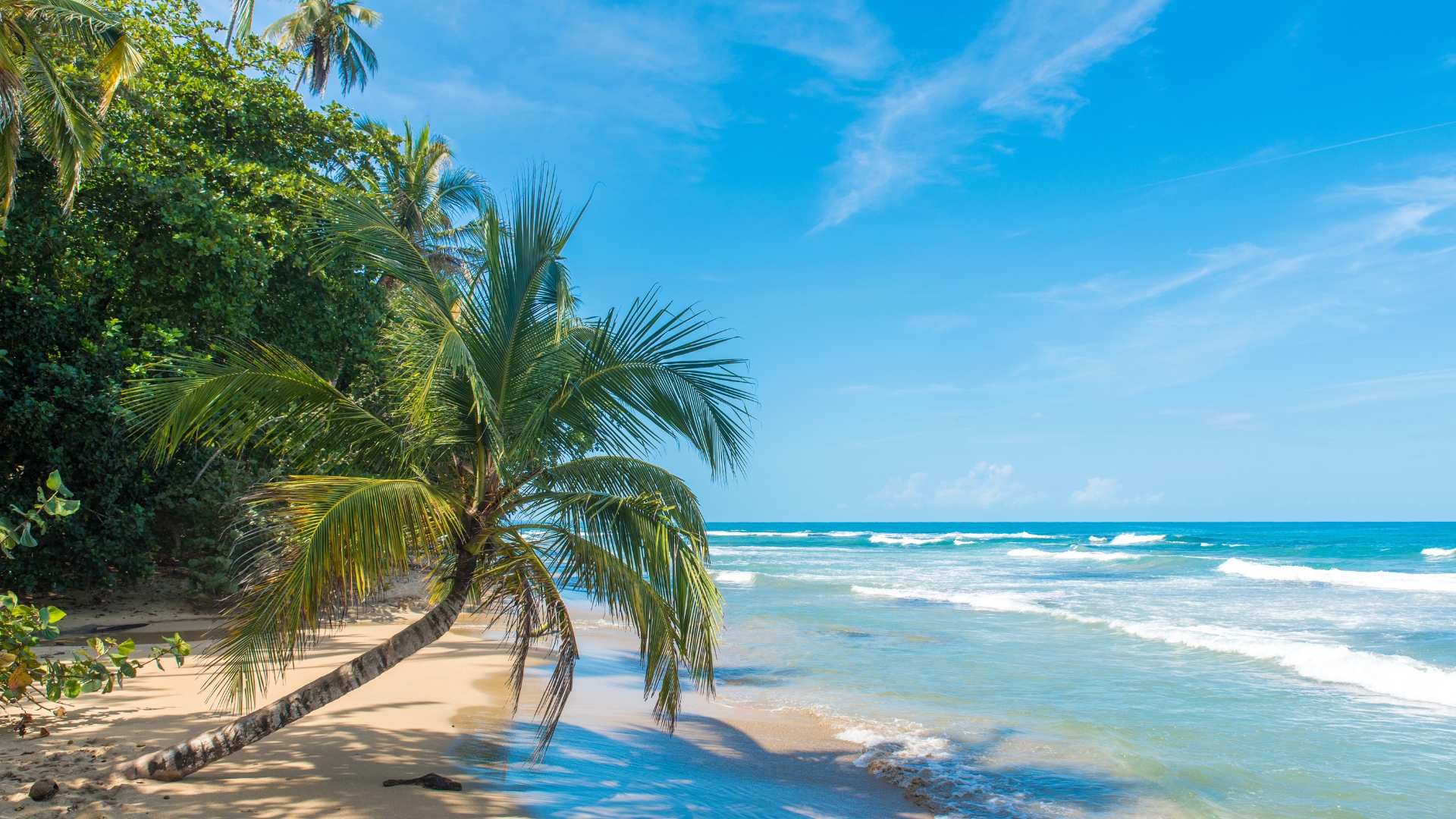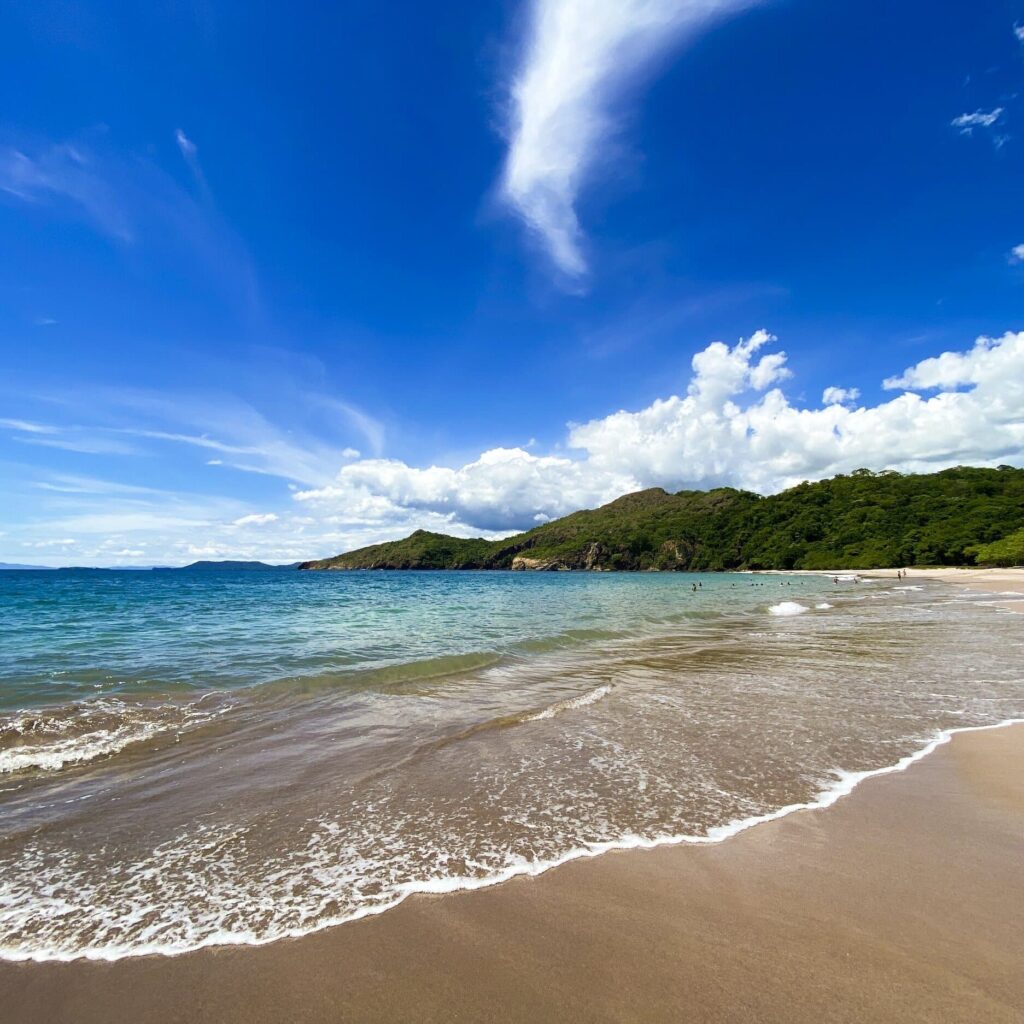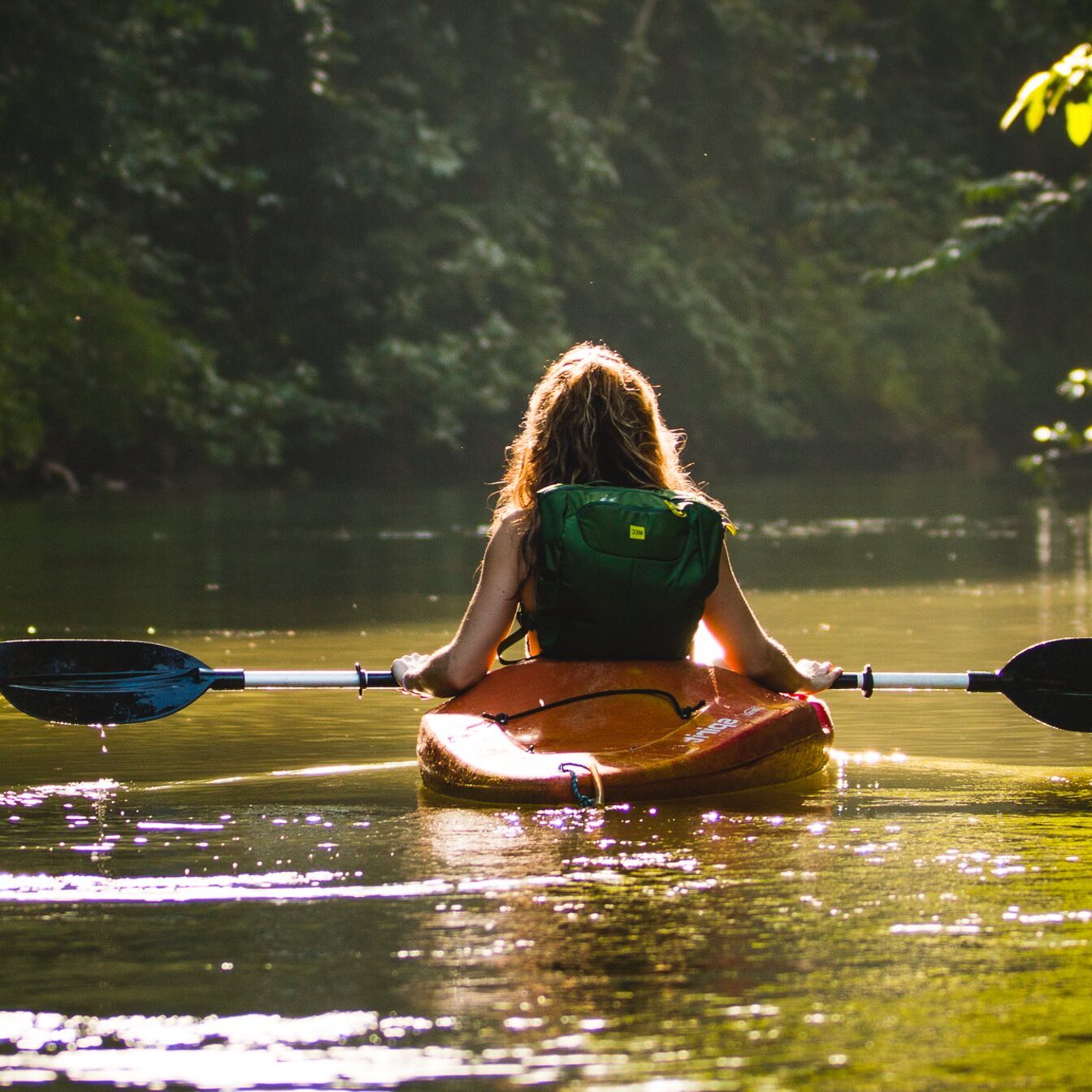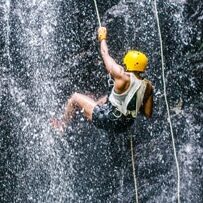Costa Rica has been the poster child for ecotourism since the early 90s and is the key to its exponential economic development. While still a developing nation, Costa Rica’s standard of living is much higher than the surrounding areas and its close proximity to the United States makes it the perfect destination for an eco-getaway. Significantly, tourist numbers are continuing to increase rapidly – 2022 saw over two million tourists, breaking a record for the country. That’s half their entire population! For the most part, Costa Rica has done well to attain sustainable development and protect its unspoiled landscapes from the dangers of purposefully destructive agricultural practices.
So what’s all the fuss about? Well, plenty for that matter. Misty cloud forests, deserted white sand beaches, mystical waterfalls, and jungles offer unlimited outdoor activities for active travelers and nature enthusiasts. To make these jaw-dropping landscapes even more desirable is that they are home to an abundance of dazzling creatures, including scarlet macaws, monkeys, sloths, crocodiles, jaguars, sea turtles, and poison dart frogs just to name a few of more than 500,000 species, accounting for nearly 4% of all the species in the world.
The following list will detail five of the best ecotourism attractions and astonishingly biodiverse spots in Costa Rica that truly deliver an experience centered around the heart of ecotourism – visiting fragile, pristine, and relatively undisturbed natural areas, intended as a low-impact and often small-scale alternative to standard commercial tourism.
The 5 Best Ecotourism Attractions in Costa Rica
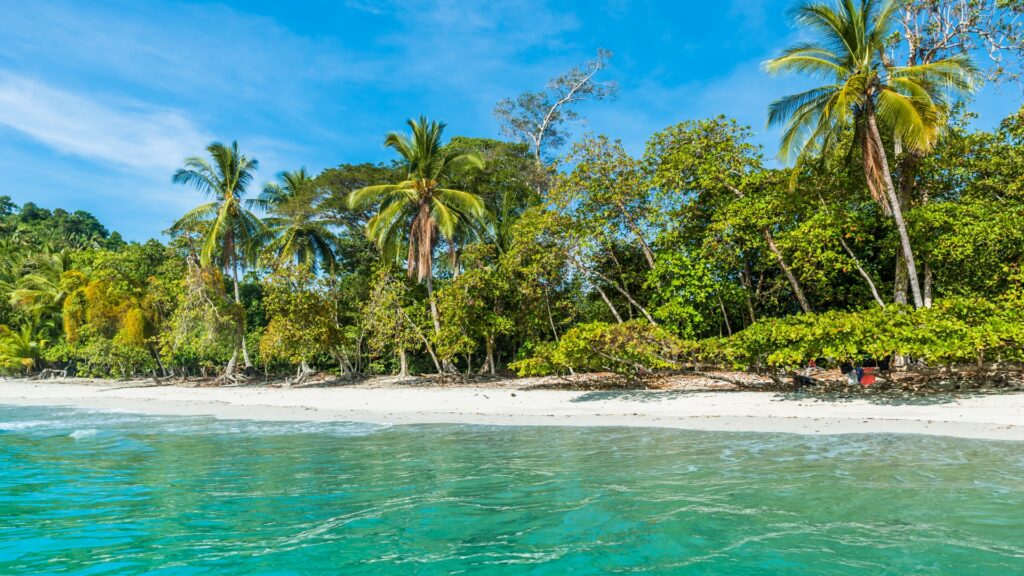
Manuel Antonio
Manuel Antonio is one of the country’s most popular tourist destinations and arguably put Costa Rica on the map for international travelers looking for an eco-adventure. Offering a unique and stunning fusion of mountainous beauty and an active lifestyle. You’ll find hiking, rafting, canopying, kayaking, bird watching, sport fishing, and even championship surf tournaments here – something for everyone!
It’s worth making the trip out to one of the area’s most well-known beaches, Playa Espadilla – a plus being that it is one of the only beaches with lifeguards on duty. If you’re feeling bold enough, you could trek beyond the rocky headland at the far end of Playa Espadilla and get nude on one of Costa Rica’s most famous gay beaches, La Playita. If that doesn’t tickle your fancy, perhaps witness something truly beautiful by visiting the private rainforest and butterfly garden reserve, Fincas Naturales which breeds over three dozen species of butterflies.
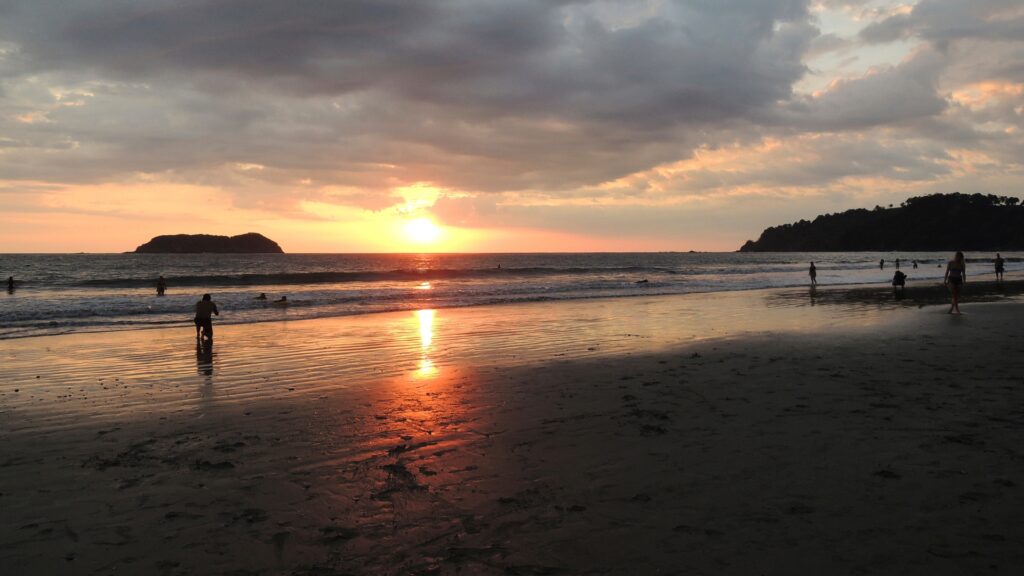
One of the things that make this area so special is the Manuel Antonio National Park. This small biological peninsula is undoubtedly one of the country’s most scenic and breathtaking national parks. Established in 1972, this park offers 1,685 acres of rainforests, beaches, and coral reefs and is home to an abundance of wildlife like sloths, iguanas, and squirrel and capuchin monkeys (to name a few). We had no qualms about allowing it to take out the first spot on our list of ecotourism attractions in Costa Rica!
Monteverde
Monteverde, Costa Rica is a small town in Puntarenas, Costa Rica, located in the Cordillera de Tilaran. Monteverde is partly responsible for Costa Rica’s international fame as an ecotourism hot spot. A place where the possibilities of organic farming and alternative energy sources can inspire you. Despite its small size, it manages to bring in 250,000 tourists annually.
One of the main draws of the area is the Monteverde Cloud Forest Reserve which alone, brings in around 70,000 tourists annually. And it’s no wonder why National Geographic described the reserve as “the jewel in the crown of cloud forest reserves”. This iconic cloud forest has an extremely high biodiversity consisting of over 2,500 plant species (including 400-plus orchid species), 100 species of mammals (like the elusive Baird’s tapir), 400 bird species (including the resplendent quetzal), 120 reptilian and amphibian species (including a rare species of glass frogs), and thousands of insects. Understandably why Monteverde has drawn scientists and tourists from all over the world to connect and learn from this biodiverse haven.
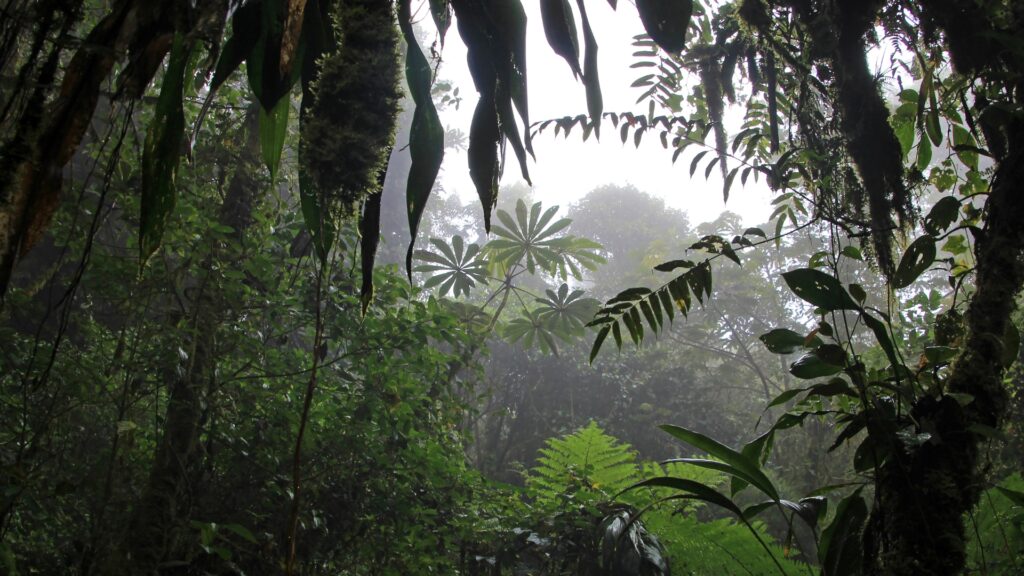
Another reason Monteverde deserves the number two spot on our list of best ecotourism attractions in Costa Rica is that this fiercely protected biological reserve is one of the last tracts of pristine Cloud Forest in Central America and only 1% of all remaining forests on the planet that are classified as cloud forests.
Arenal
Arenal, famous for the Arenal Volcano, situated in Costa Rica’s fertile northern lowlands, was just another dormant volcano from about AD 1500 until July 29, 1968, and then . . . BOOM. Huge explosions triggered lava flows that destroyed three villages and killed about 80 people and 45,000 cattle. Although it occasionally quieted down for a few weeks or even months, Arenal produced menacing ash columns, massive explosions, and streams of glowing molten rock almost daily from 1968 until it all quite abruptly ended in 2010. Until then it was Costa Rica’s most active volcano.
What was so alluring about this volcano? Much to the enjoyment of its visitors, Arenal spewed enormous amounts of lava, gas and ash on a regular basis. While the molten night views are gone for now this mighty mountain is still worthy of your time – its perfectly symmetrical shape makes it a sightseer’s dream.
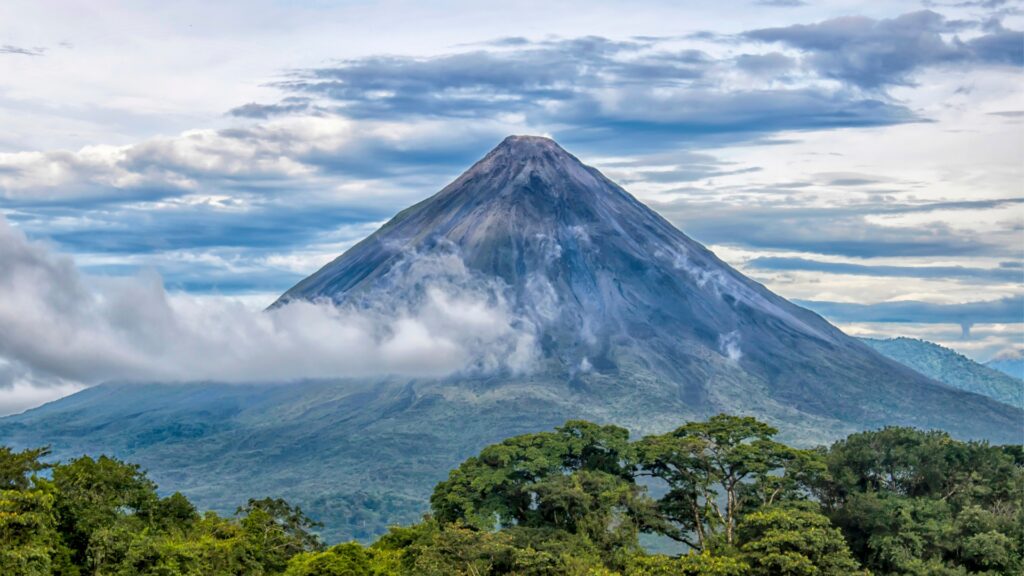
Despite the volcano’s current inactivity, travelers to Arenal can still expect an amazing time! As one of the top five ecotourism locations, the land boasts bountiful sights, sounds, and activities. There are mountains to be hiked, lakes to be fished and rivers to be floated. As one of the country’s most scenic and accessible areas, it is a requisite stop on any tour of Costa Rica. In the shadow of Arenal, there’s something for everybody including luxurious hotels, romantic restaurants and Tabacón Hot Springs, man’s recreation of the Garden of Eden.
Dominical
The number four spot on the list of the best ecotourism attractions in Costa Rica goes to the permanently chilled-out beach town of Dominical. Dominical’s charm is its unspoiled beaches, underdeveloped and largely untouched surrounding forests, home to an abundance of nature and wildlife for all to witness and enjoy.
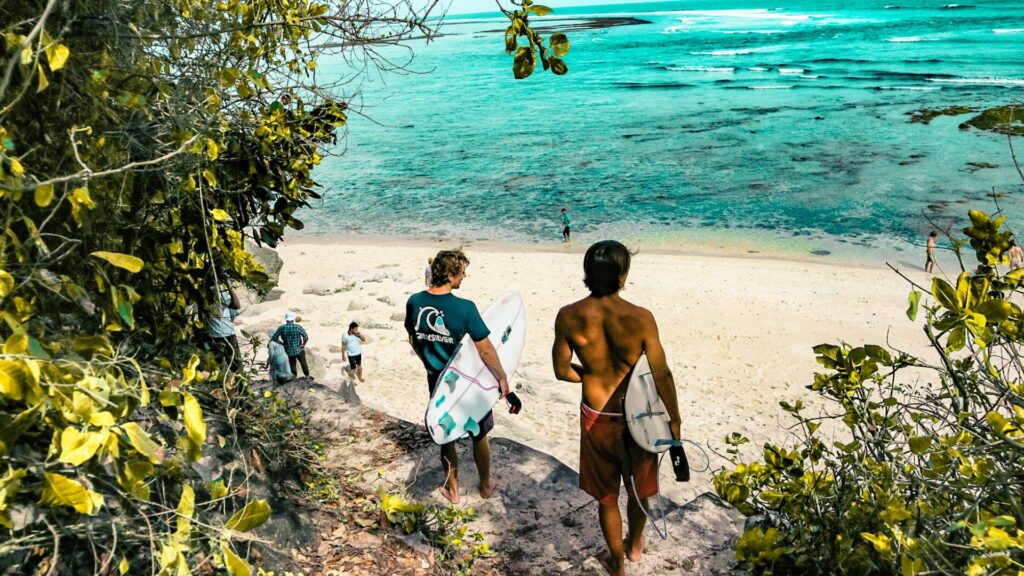
The slow pace of island life is as ever-present as the gnarly surf and brazen sun. Whether you’re there to surf or any range of other outdoor activities, you will fall in love with Dominical’s unique and pura vida vibe.
It really is a small town that has stuck to its roots. Eco-touristic activities include treks to nearby waterfalls (including the Nauyaca Waterfalls), canopy tours, horseback riding, deep-sea fishing, sea kayaking, scuba diving, and snorkeling. The beauty of Dominical is its close proximity to surrounding attractions, with easy access to Chirripó National Park (31 miles), Manuel Antonio (23 miles), and Golfito’s Corcovado National Park (95 miles).
While it’s certainly not the most famous of Costa Rica’s ecotourism destinations, we feel it deserves a spot on our list for maintaining its raw authenticity despite its rise in popularity as a travel destination. And as Domical is located in close proximity to Blue Osa (only 3 hour’s drive north) we certainly hope it will continue to remain as one of the chillest Costa Rican ecotourist spots for many years to come!
Corcovado – Osa Peninsula
We’re proud to round out our top five best ecotourism attractions in Costa Rica on our own turf – the Osa Peninsula, known as the most biologically intense place on earth and home to half of all the species in Costa Rica (that’s a staggering 2.5% of the entire biodiversity of the planet). Corcovado National Park is Central America’s largest prehistoric rainforest and is only a short one-hour scenic and wildlife-abundant drive from Blue Osa!
With few entry points, Corcovado National Park remains relatively isolated and receives fewer visitors than many other parts of the country. Miles of uninhabited beach and the vast Corcovado National Park make this southern tip one of Costa Rica’s most stunning regions. Friendly people, fantastic flora and fauna, and active rainforests all contribute to the South Pacific experience.
The crown jewel of Costa Rica’s national park system, Corcovado comprises a massive 103,290 acres of tropical rainforest. The largest of Costa Rica’s parks, it covers about a third of the Osa Peninsula and contains an impressive amount of its biodiversity. Corcovado Park represents an expansive and diverse population of flora and fauna, including 10% of the mammals found in the Americas.
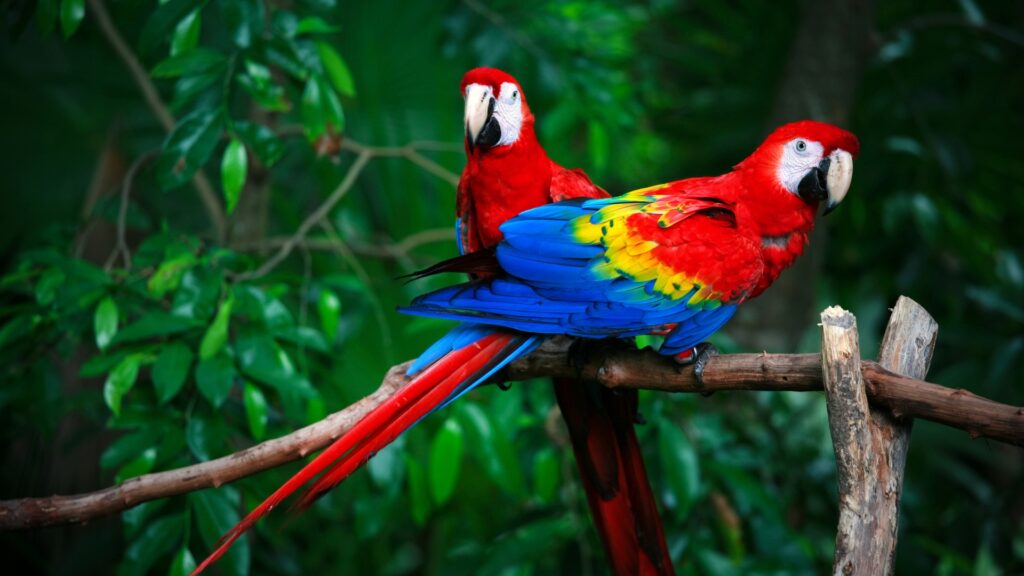
Corcovado is believed to have the largest concentration of macaws and virgin lowland rainforest in Central America and is one of the very few locations in Costa Rica that harbors the endangered squirrel monkey (the other most prominent being Manuel Antonio National Park).
So there it is – the top five of Costa Rica’s best ecotourism attractions that you simply must see to believe. And if rounding out your eco vacation by staying at an eco-resort and spa is important to you, we would love to welcome you at Blue Osa and show you why we are committed to being off-grid.


